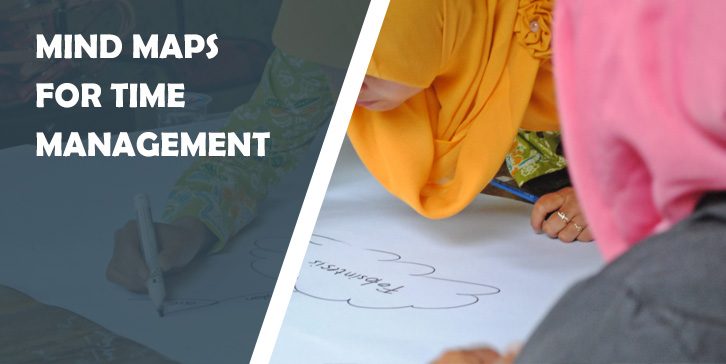Time is one of our most precious resources. Yet many of us feel like we never have enough time to accomplish everything on our to-do lists. Using tools and techniques that help us manage our time better can make a big difference in our productivity and efficiency. One such tool is the mind map.
What is a Mind Map?
A mind map is a visual representation of ideas, tasks, project steps, or other concepts. The ideas branch out from a central topic in a radial, nonlinear way. Lines, colors, symbols and words connect the branches to show how the ideas relate. Mind maps help capture complex information in a format that is easier to comprehend than paragraphs of text.
Benefits of Mind Mapping
There are several key benefits of using mind maps for time management and productivity:
Visual Overview
The visual nature of a mind map lets you see all your tasks, deadlines, and priorities at a glance. This bird’s eye view makes it easier to plan how to allocate your time. Having clear visibility reduces the chance that you’ll overlook something important.
Improved Organization
Mind maps help you organize disparate ideas into coherent groupings. Related tasks and sub-steps connect to higher-level goals in logical branches. This organization helps you identify dependencies and prioritize actions. Knowing what needs to happen and when makes it easier to develop efficient schedules.

Enhanced Focus
The hierarchical structure of a mind map lets you drill down to increasing levels of detail. This helps sharpen your focus as you think through specifics. Increased focus leads to getting more accomplished in less time. It also reduces distractions that hamper productivity.
Increased Creativity
Mind mapping taps into your visual learning and creative thinking skills. Making unexpected connections triggers insights. Unique layouts encourage innovative approaches. This sparks new strategies for workspace design, task coordination, and cutoff optimization. More creativity equals less time wasted.
Mind Map Uses for Time Management
From planning your days to managing complex projects, mind maps can help with various time management scenarios:
Daily To-Do Lists
Sketching out a mind map of everything you want to accomplish today helps you see the big picture. Group related tasks together into priority branches stemming from today’s goal center. Estimate times for each cluster to allocate your hours wisely. Cross tasks off your mind map as you complete them for a satisfying sense of progress.
Meeting Organization
Ensure productive sessions by mapping out key discussion topics and related sub-topics ahead of time. Share this agenda visually with attendees so everyone is on the same page. Capture notes visually on your mind map during the meeting. Review afterwards to clarify next steps and responsibilities.
Project Tracking
Give your next big project clarity and focus by starting with a mind map. Outline project phases as main branches linked to goals at the core. Expand each phase into sub-steps, deliverables, resources needed, and owners. Refine details as the project progresses using the mind map to track progress and spot potential delays.
Mind maps are versatile tools for managing time, projects, meetings and daily workload. Their visual nature enhances planning, prioritizing and tracking in a uniquely creative way. By boosting organization, focus and creativity, mind maps can help anyone boost their productivity and efficiency.






Comments are closed.